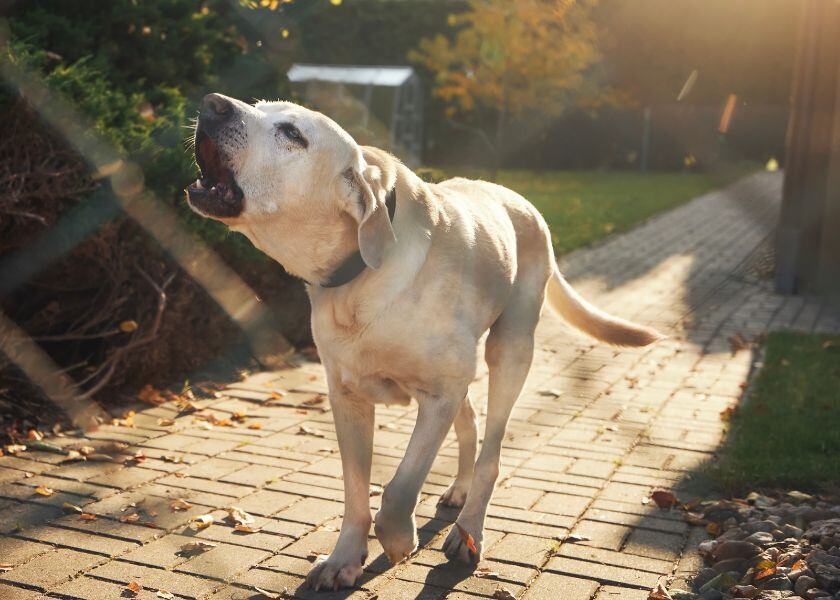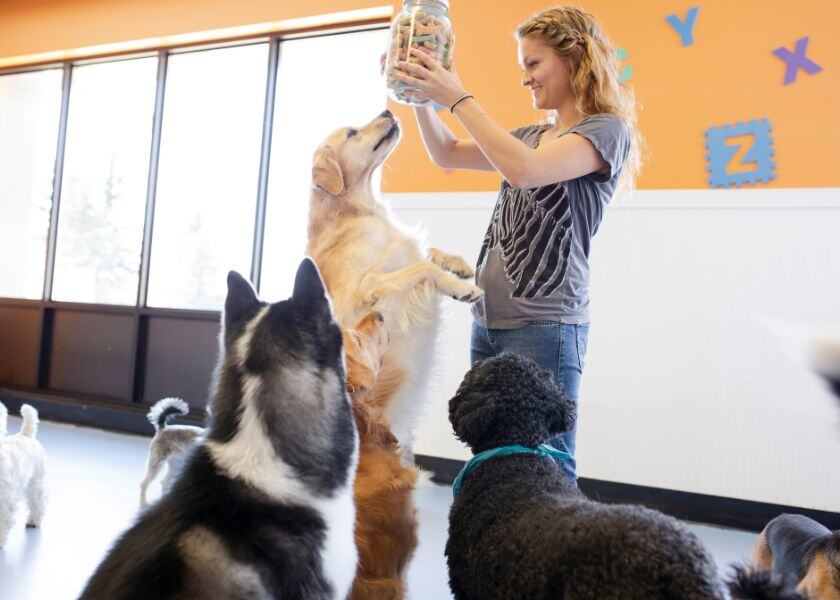
Our dogs are more than just pets—they’re family. When they start displaying behavioral issues, it can be frustrating, confusing, and even a bit disheartening. Understanding what’s behind your dog’s behavior is the first step to resolving any issues. Here’s a guide to recognizing and addressing some of the most common dog behavioral problems.

- Excessive Barking
Dogs bark to communicate, but when barking becomes excessive, it might signal underlying issues like boredom, anxiety, or territorial behavior. If your dog seems to bark more than usual, try to pinpoint the cause. Are they left alone too often? Do they bark at everyone who passes by? Training your dog using positive reinforcement can help reduce unnecessary barking. For instance, teaching the “quiet” command and rewarding your dog when they stop barking can be very effective.
- Chewing
Chewing is a natural behavior for dogs, especially puppies, as it helps them explore their environment and ease teething pain. However, when your dog starts chewing on furniture, shoes, or other household items, it can become a problem. To prevent destructive chewing, ensure your dog has plenty of chew toys and rotate them regularly to keep things interesting. If the chewing continues, consider whether your dog is bored or anxious, as these feelings can drive destructive behavior. Providing more mental and physical stimulation can often reduce the urge to chew.
- Jumping on People
It might be cute when a puppy jumps up to greet you, but as your dog grows, this behavior can become problematic. Dogs often jump on people to get attention or express excitement. To discourage this habit, turn away and ignore your dog when they jump. Once all four paws are on the ground, reward them with attention and treats. Consistency is key—everyone in the household needs to follow the same rule to avoid confusion.

- Separation Anxiety
Separation anxiety happens when a dog becomes extremely distressed when left alone. Signs include excessive barking, whining, pacing, and destructive behavior. To help your dog manage, start by leaving them alone for short periods and gradually increase the time. Offering toys, treats, and a comfortable space can help make their alone time more pleasant. In severe cases, consulting a veterinarian or professional dog trainer might be necessary.
- Aggression
Aggression in dogs can be alarming and is often a result of fear, territorial instincts, or lack of socialization. If your dog shows signs of aggression—such as growling, snapping, or biting—it’s crucial to address the issue immediately. Avoid situations that trigger aggressive behavior and consider working with a professional trainer who specializes in aggression. Never punish your dog for aggression, as this can worsen the behavior. Instead, focus on positive reinforcement and building your dog’s confidence in a safe environment.
- Digging
Many dogs love to dig, whether it’s in the garden or the middle of your yard. Digging can be a sign of boredom, hunting instincts, or an attempt to create a cool spot to lie down. To curb digging, provide your dog with plenty of physical and mental stimulation. If your dog digs in a specific area, try redirecting them to a designated digging spot, like a sandbox, where they’re free to dig to their heart’s content.

Every dog is unique, and their behavior often reflects their environment, training, and emotional state. The key to addressing behavioral issues is patience, consistency, and understanding. By recognizing the signs and taking proactive steps, you can help your dog overcome these challenges and live a happier, more balanced life. Remember, it’s never too late to start working on your dog’s behavior—after all, they’re worth it.



